Rule of Thirds Guide for Stunning Landscape Paintings
26 Jun 2025Discover how the rule of thirds shapes stunning landscape paintings, with practical tips, artist secrets, and visual examples for balanced, eye-catching art.
Continue reading...Ever feel stuck halfway through a canvas because the colors look off or the brush feels clunky? You’re not alone. The good news is that a few small changes can make a huge difference. Below are the most useful tips you can start using today, whether you work in oil, acrylic, or watercolor.
First thing’s first: pick the right brush. Natural-hair brushes hold more paint and work great for oil, while synthetic brushes are perfect for acrylic and watercolor. Test a brush by dragging it across a scrap of paper – if it leaves a smooth line, you’re good to go.
Next up, color mixing. Start with the three primary colors (red, blue, yellow) and add a tiny amount of its opposite to mute the hue. For example, mix a bit of green into yellow to get a natural leaf shade. Keep a small palette for each color family so you don’t waste paint by over‑mixing.
Don’t let a wet canvas scare you. Let each layer dry just enough to be tacky before adding the next. This “wet‑on‑wet” trick works wonders with watercolors, while “fat‑over‑lean” is the rule for oil – always apply thicker, oilier paint on top of thinner layers.
Got a mistake you can’t erase? Instead of scrubbing, try glazing. Thin a small amount of paint with medium and let it sit over the error; the new layer will blend the flaw into the surrounding area.
When you need more texture, use a palette knife. Scrape, spread, or dab paint with the flat edge to create bold, raised strokes. It’s a quick way to add depth without switching tools.
Lighting matters. Paint in soft, natural light and avoid direct sun that casts harsh shadows. This helps you see true colors and prevents the “muddy” look that happens when you mix too many pigments in low light.
Finally, protect your work. Once your painting is dry, spray a clear varnish appropriate for the medium. Varnish not only shields against dust but also brings out the vibrancy of the colors you just mixed.
Try these tips on your next piece and watch how quickly your confidence grows. Painting is a skill you build step by step, and every small habit you add makes the process smoother and more enjoyable.
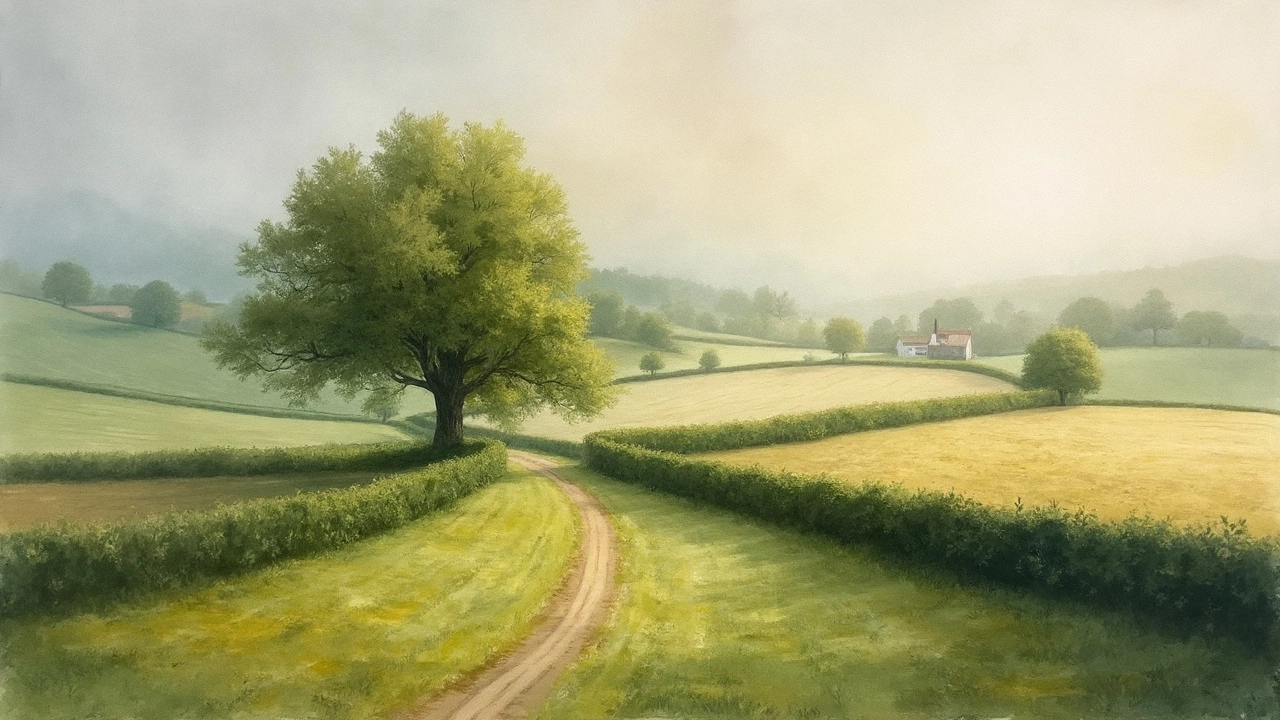
Discover how the rule of thirds shapes stunning landscape paintings, with practical tips, artist secrets, and visual examples for balanced, eye-catching art.
Continue reading...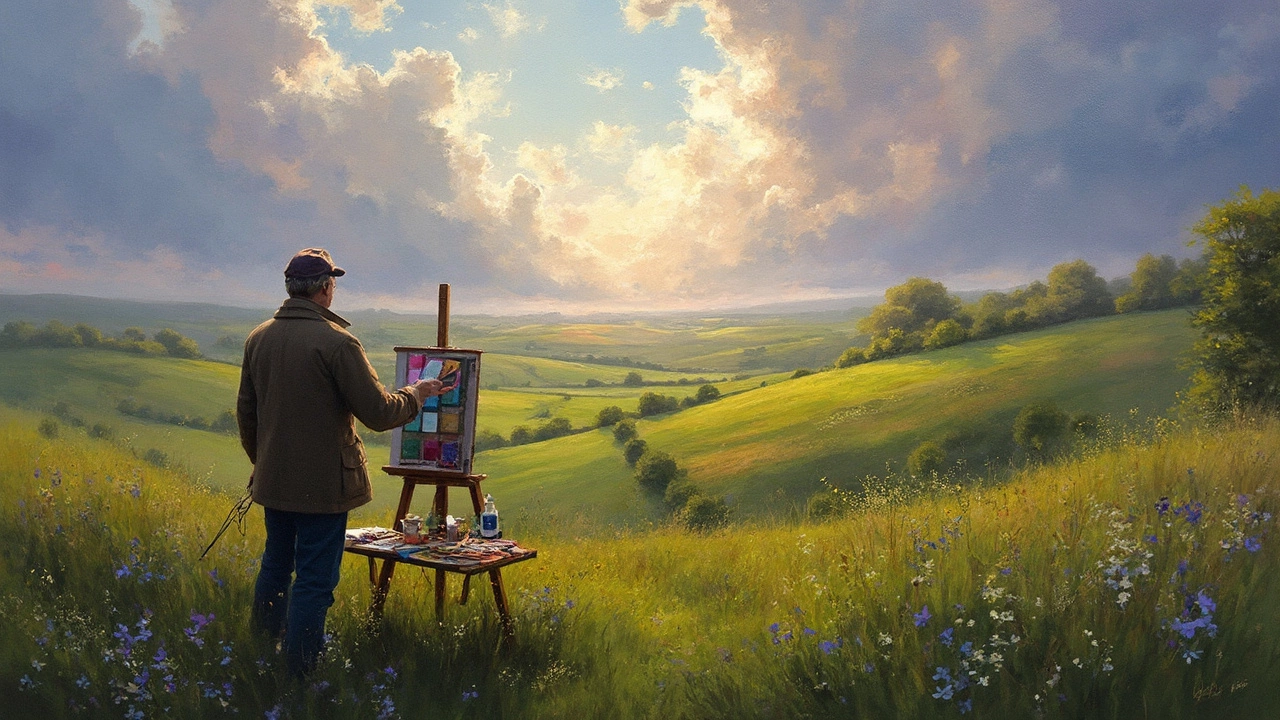
Explore how to choose colours for landscape painting, with practical tips, science-backed facts, and examples. Discover what makes a palette truly work outdoors and how light, weather, and season affect your choices. Get actionable, creative advice for painting landscapes whether you’re a hobbyist or seasoned artist. Find out what pros keep in their paint box and how to make your scenes feel vibrant, real, and uniquely yours. This guide takes a deep and humorous dive—you'll never look at a field of green the same way again.
Continue reading...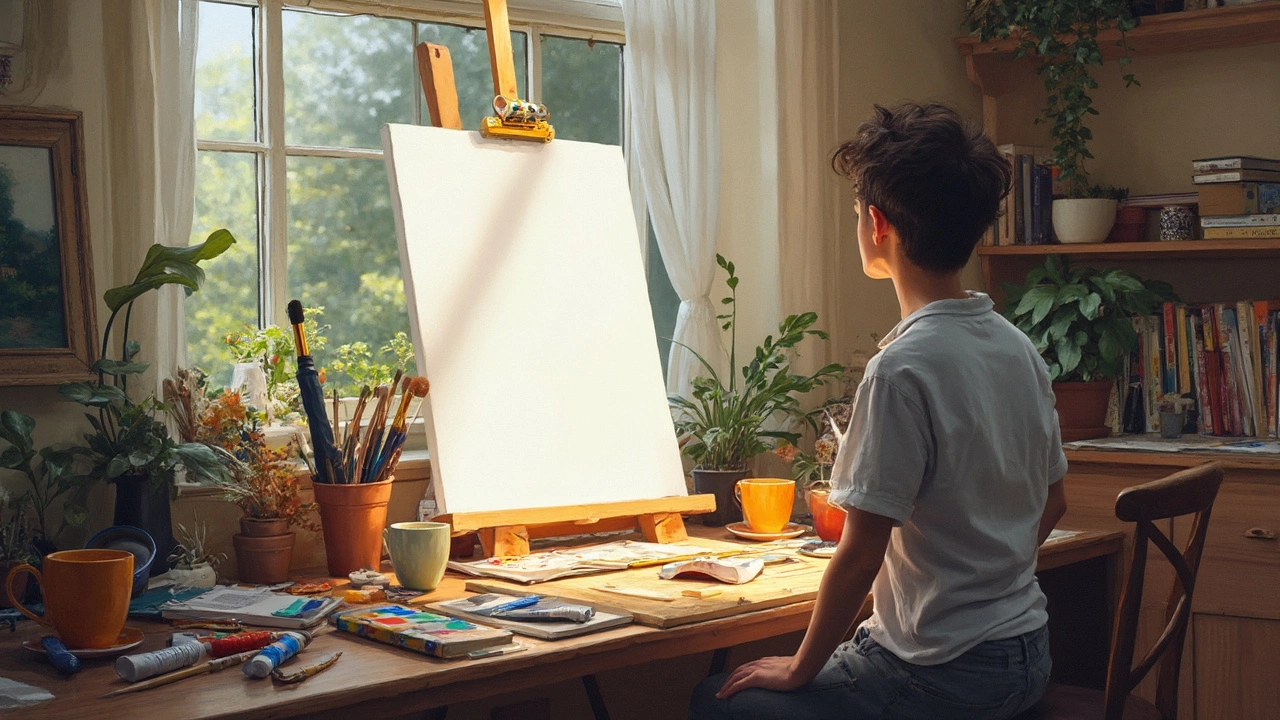
Thinking about trying abstract painting but don’t know where to start? This guide breaks down what you need, how to pick tools, and why you don’t need to worry about ‘getting it right.’ You’ll learn how to approach a blank canvas, find inspiration from everyday life, and experiment without stressing about techniques. Perfect if you’re new or just looking to shake up your creative routine. Get ready to make something original—and maybe even surprise yourself.
Continue reading...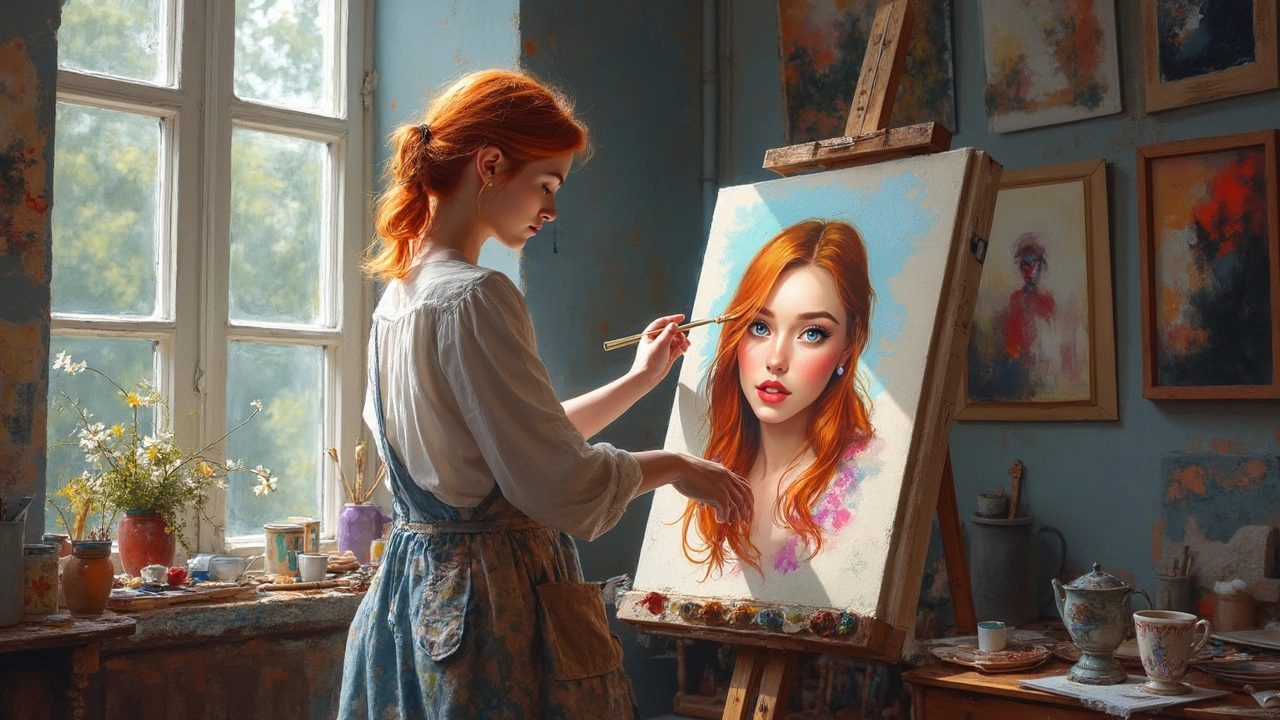
Ever wondered what your portrait's background should look like? This article cuts out the guesswork and breaks down what makes a background truly work for portrait painting. You'll find real examples, quick tips, and some creative ways to make your subject pop without overwhelming the canvas. Get ready to transform your portraits from standard to standout. No jargon, just practical ideas you can use today.
Continue reading...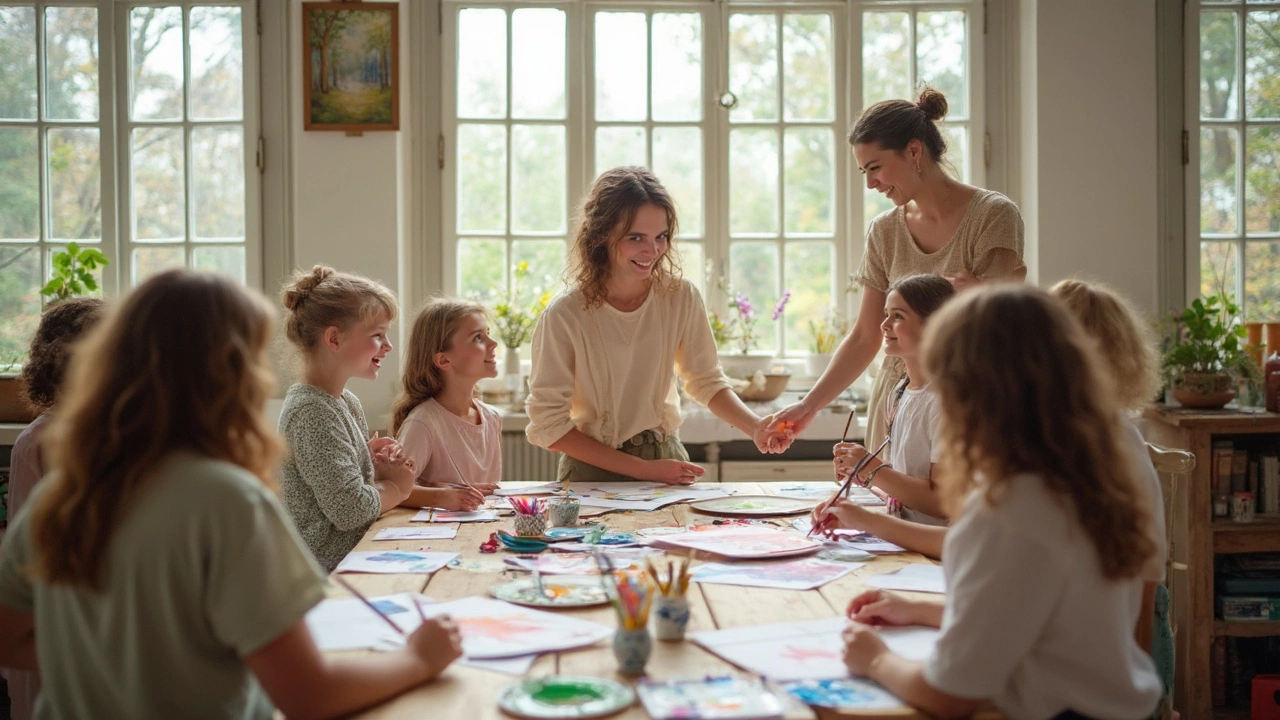
Watercolor painting looks easy, but it trips up even the most eager beginners. This article breaks down three mistakes almost everyone makes when starting with watercolor. You’ll get clear tips to avoid these headaches, along with simple tweaks that actually work. Save your paper, keep your colors bright, and protect your sanity. If you want smoother results and less frustration, you’ll find real help here.
Continue reading...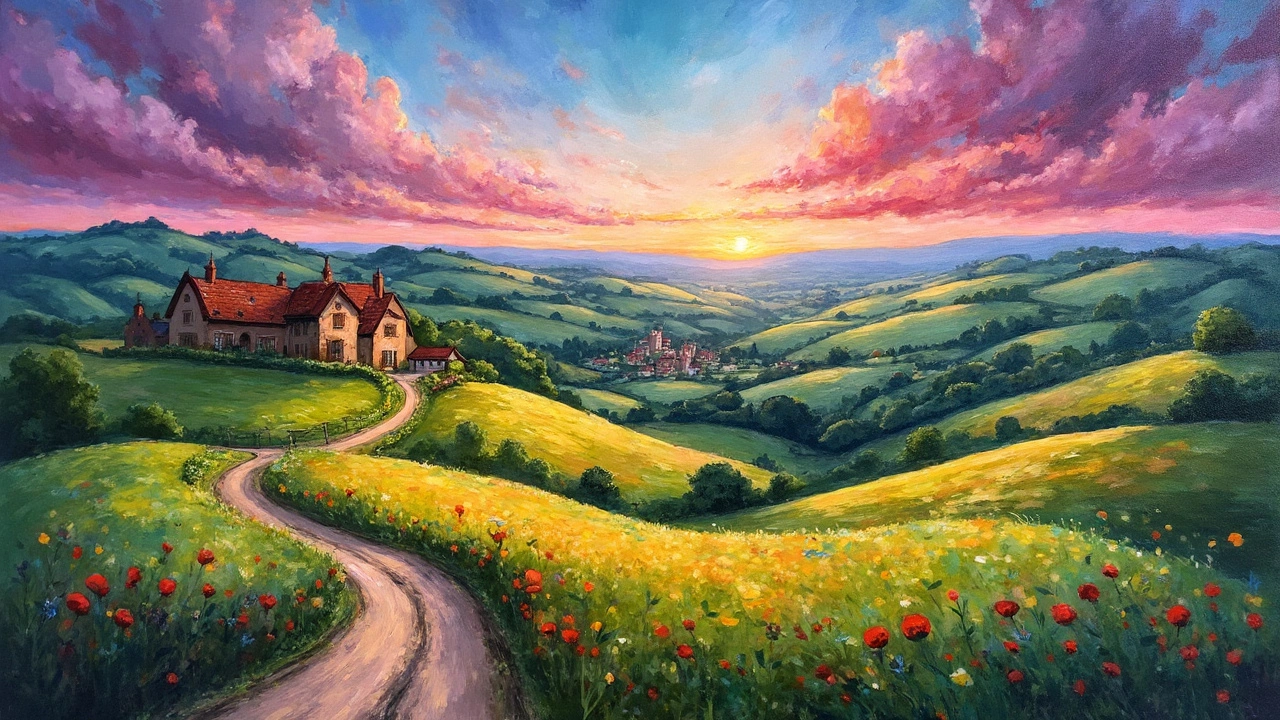
Landscape paintings can sometimes look flat or uninspired, but a few tweaks and techniques can make them pop. From playing with perspective to using unexpected colors, there are plenty of ways to breathe life into your artwork. Dive into practical tips and creative ideas that promise to give your landscape paintings that extra spark. Perfect for artists looking to refresh their style or inject interest into their creations.
Continue reading...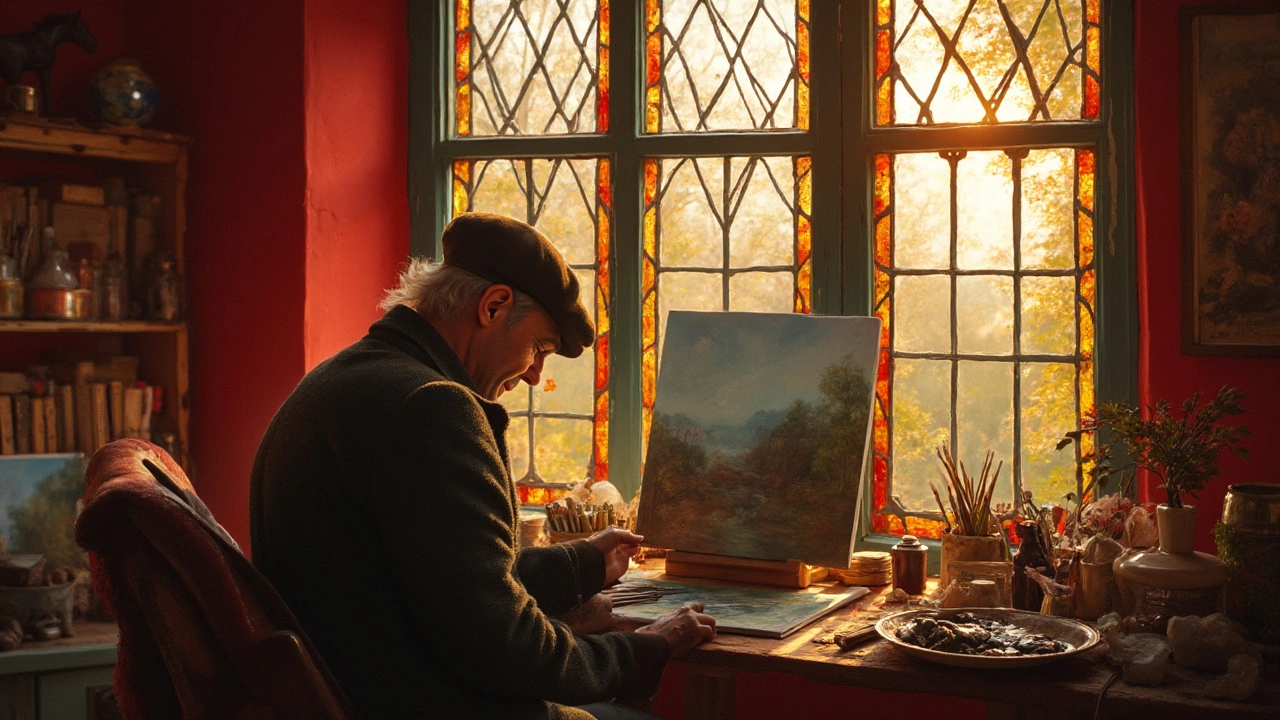
Artists often start by painting their canvases red to create a vibrant base that enhances color dynamics. This technique offers depth and warmth, allowing painters to achieve more realistic and lively compositions. It also helps in defining contours and shadows effortlessly. Understanding this approach can transform your paintings significantly. Dive into this article to uncover how you can apply it to your own work.
Continue reading...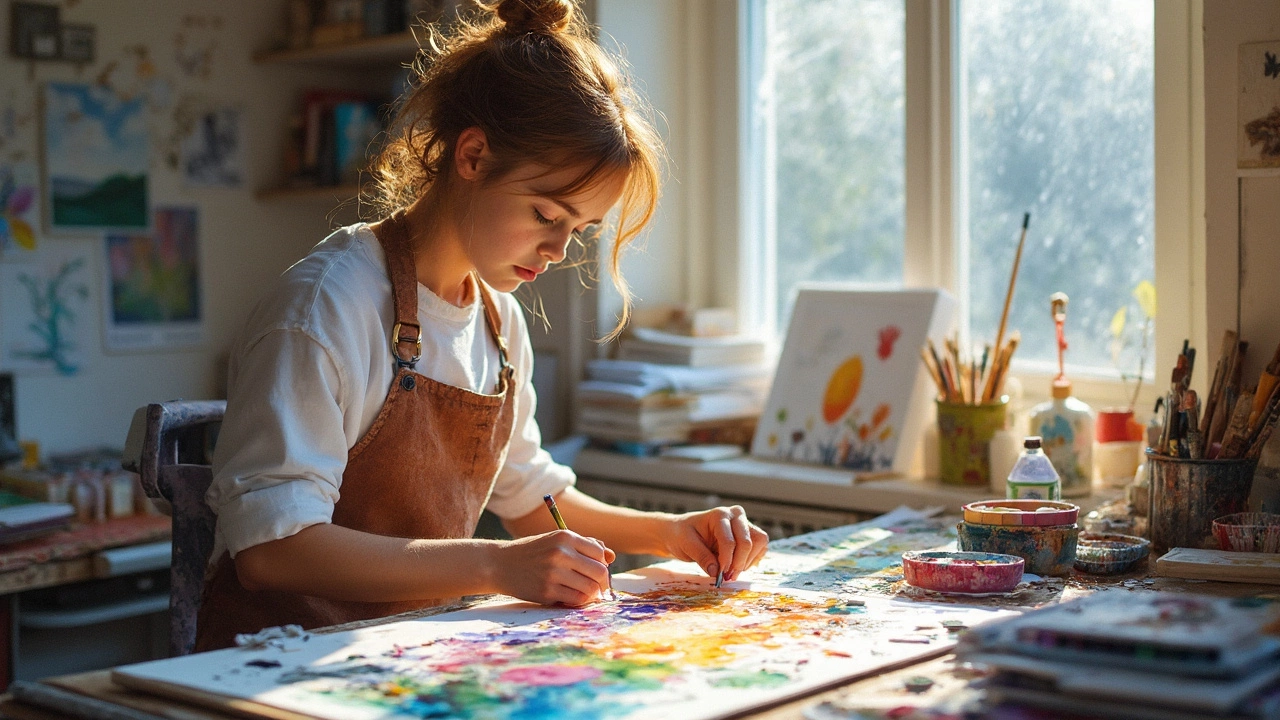
Watercolor painting, while a popular medium for its subtlety and flexibility, comes with its own set of challenges. Artists often find watercolor tricky due to its unpredictability and the lack of control compared to other mediums. Traditional techniques might lead to unexpected mishaps, adding a layer of complexity to the creative process. Exploring these weaknesses can help artists better anticipate and manage the medium's quirks. With practical tips, artists can enhance their watercolor skills and tackle its unique challenges head-on.
Continue reading...
Landscape painting is an art form that captivates by capturing the essence of the natural world. Understanding the three fundamental parts of landscape painting, which include the background, middle ground, and foreground, helps artists create depth and visual interest. These components work together to guide the viewer's eye and convey a sense of space. By learning different techniques to depict each part, artists can enhance their compositions and engage their audience more effectively.
Continue reading...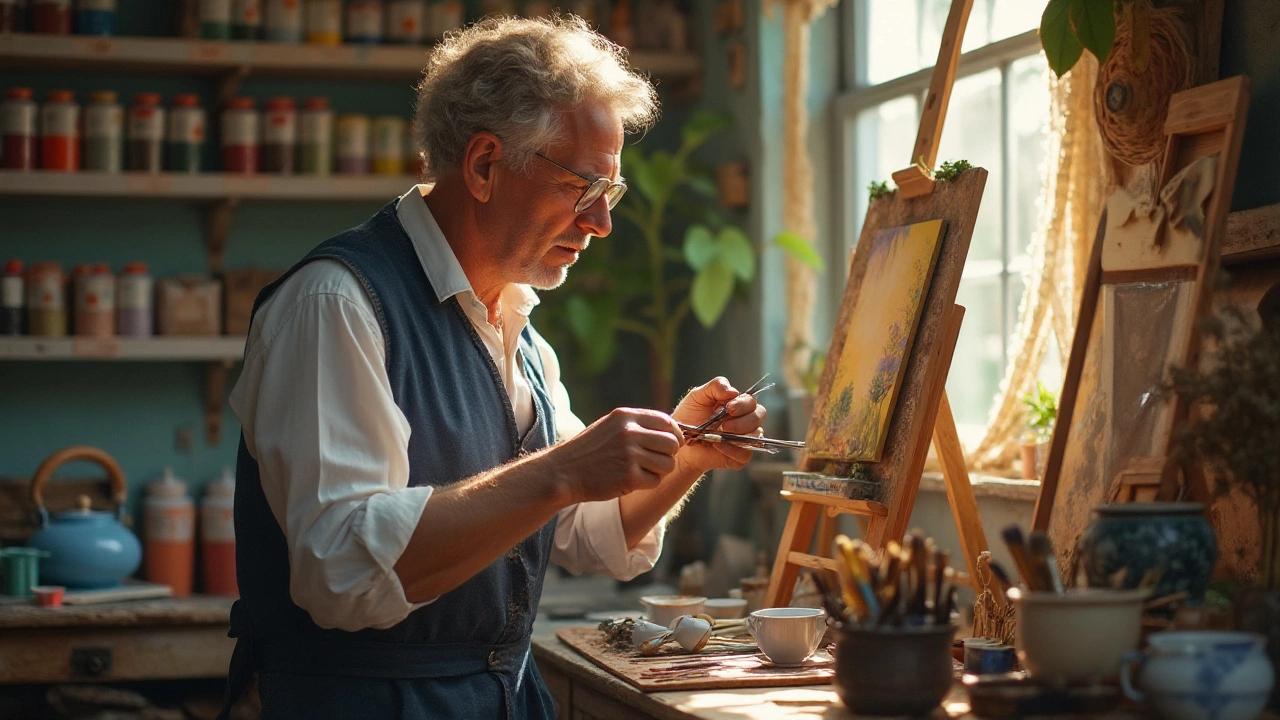
The 3 P's of painting—Preparation, Patience, and Precision—are essential elements for artists looking to master the art of oil painting. This article delves into each of these foundational aspects, providing insightful tips and interesting facts that can aid both beginners and seasoned artists alike. Learn about the significance of a well-prepared canvas, the virtue of patience in layering colors, and the importance of precision in brushstroke techniques. Understand how embracing these principles can transform your approach to oil painting.
Continue reading...